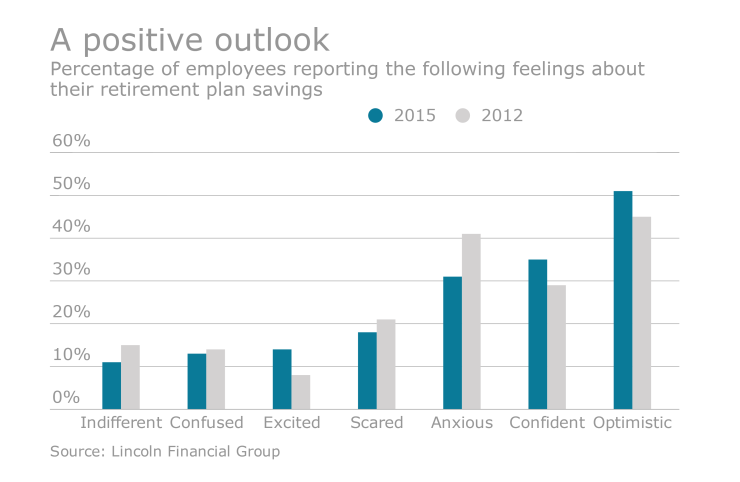Though the future of the Affordable Care Act is unclear, there is one thing about the health reform law that is clear: Having access to affordable healthcare coverage that cannot be denied because of pre-existing conditions enables a more mobile and flexible workforce.
A number of aspects of the ACA have opened up more possibilities for how Americans choose to work. More options for employees can mean that employers have less control over their workforce — but they can benefit, too. For this reason, a repeal of the ACA could threaten workforce mobility.
Consider the following changes the ACA has brought to employment. Before the ACA, some employees who wanted to retire before they were eligible for Medicare stayed in a job just for healthcare. Others, interested in becoming consultants, freelancers or entrepreneurs, also didn’t take the plunge because the risk of having inadequate healthcare coverage or being denied coverage was too great. The same was true for employees who wanted to work part-time or on a seasonal basis.
Some career-minded, full-time employees were stymied as well. With pre-Medicare eligible employees delaying retirement, younger workers were blocked from advancement by a logjam of older workers hanging on. Some of the younger workers were forced to move out in order to move up.
Bottom line, American workers were shackled by “job lock.” The ACA removed a key constraint by making affordable healthcare available outside of full-time employment with a benefits-providing organization. This gave people many more options around retirement and work.

Employers benefitted, too. When employees can retire when they want, knowing they have access to affordable healthcare, fewer employees remain in jobs to mark time until they are eligible for Medicare. The number of employees who aren’t as motivated or productive as employees who want to work is reduced. Retirements also create opportunities for top talent and new hires. This helps employers hold on to the best and brightest and can reduce costly turnover.
In addition, more flexibility for employees to choose how and how much they work has increased the number of people who are independent workers, resulting in the emergence of the “gig” economy. According to a study by the
Building a new workforce
The increasing availability of people who do not want to be full-time employees gives employers more flexibility to build a workforce that responds rapidly to changing market conditions. Employers can contract with highly specialized talent for a one-time project or expand their workforce when demand is high and reduce it when demand lessens.
The rise of contract workers is not without controversy. Not everyone who depends on gigs for income does so by choice. And many who do cannot afford healthcare coverage, even under the ACA. Also, some employers who hire people on a contract basis are motivated more by avoiding the expense of having a full-time employee than on its flexibility advantages. But with millions of Americans now working independently and employers exploring how to use independent contractors to grow their businesses, the gig economy is not going away.
As Congress continues to struggle with repealing and replacing the ACA, there is no question that employers want to see changes and improvements to the law. Most notably, they want to see an end to the employer mandate and the Cadillac tax on high-value health plans. They’d also like to see more effort put into addressing the root causes of the high cost of healthcare and promoting value-based payment models.
Nevertheless, as both employees and employers seek more flexibility in work and opportunities for building a more agile workforce, going back to a world of “affordable healthcare only available through full-time employment” would be disruptive for both.





